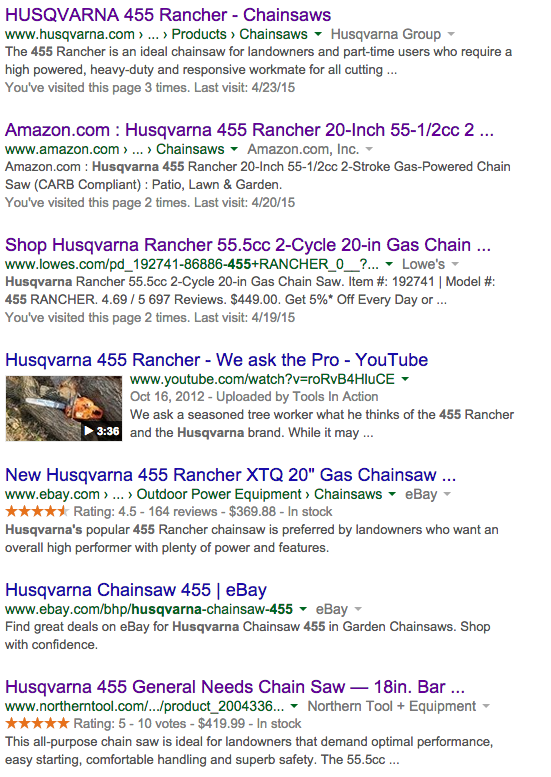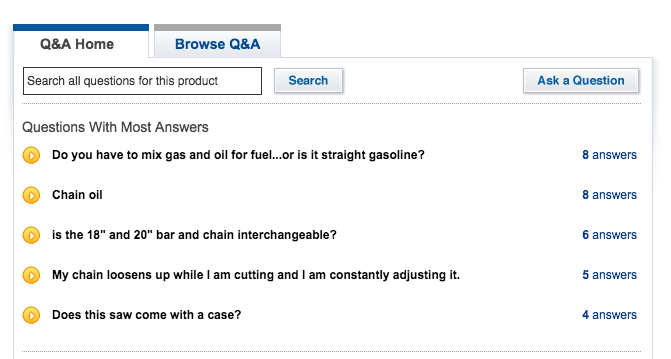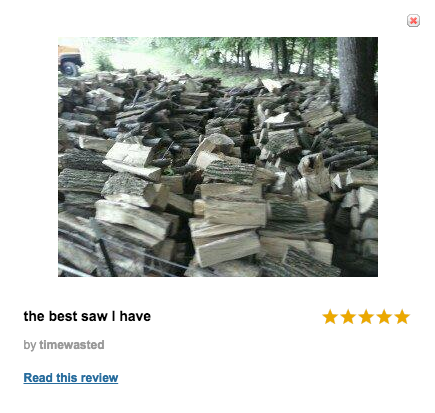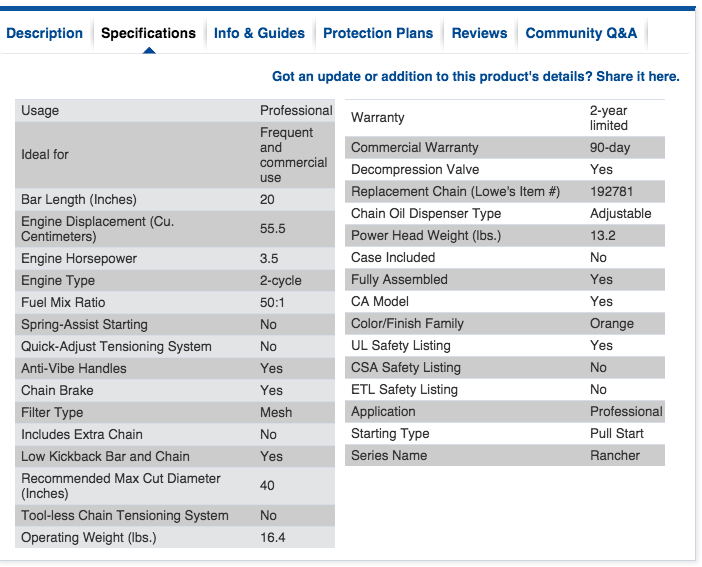You’ve created an online catalog with the intention of being discoverable online. The manufacturers you represent have all provided you with product descriptions and product data. Your content management system was designed for e-commerce. You did everything right, but yet you’re not getting customers. What’s happening?
Duplicate content is happening.
Duplicate content can wreak havoc on your search engine rankings without you even knowing it exists. This article will help you identify the two types of duplicate content — offsite duplicate content and onsite duplicate content — and offer solutions for how to correct the negative effects of offsite duplicate content on your SEO .
What Is Duplicate Content?
According to Google, duplicate content is “substantive blocks of content within or across domains that either completely match other content or are appreciably similar.” In sixth-grader terms, duplicate content is something like plagiarism.
Duplicate content comes in two forms: onsite and offsite. Onsite duplicate content is when two pages or more on your website have similar content. Offsite duplicate content, the focus of this article, is when multiple websites serve the same content — i.e., when you copy and pasted someone else’s content, someone else does the same for yours, or when multiple sites derive their content from a common source such as a manufacturer’s product catalog.
Matt Cutts, Google’s head of search spam, says about 25–30% of the Internet is duplicate content. Cutts claims duplicate content is normal and that Google will not penalize your website in search results for it. While it’s true Google won’t technically penalize you for duplicate content, they will likely omit you from search results entirely.
Offsite Duplicate Content and SEO
Let’s pretend for a moment that your website sells Husqvarna chainsaws. Husqvarna has provided you with short descriptions of all their chainsaws, high quality images of each chainsaw, and a list of features and benefits. You copy and paste all of this information into your online catalog or e-commerce website. Why wouldn’t you? The manufacturer gave it to you. Voilà, you’re selling chainsaws online.
Unfortunately, nobody will ever find your website.
You see, most of the other Husqvarna distributors did the same thing you did — copy and pasted the manufacturer’s content into their online catalog. Now you and hundreds of other Husqvarna distributor have duplicate content on your websites.
Google assumes that people searching for a “Husqvarna 455 chainsaw” don’t want to see ten pages with the exact same information. Google simply takes all the pages with duplicate content, groups them into a cluster, and only shows the best of the results from that cluster.
Google is looking for websites that add value, and their definition of value is unique content. Let’s look at an example. If you search for “Husqvarna 455 chainsaw” on Google, you’ll likely see these links on the first page:

Google search results for “Husqvarna 455 chainsaw.” Top results include Husqvarna, Amazon.com, Lowe’s, Sherrilltree, and Northern Tool, which use various strategies to avoid offsite duplicate content.
Each of the top results (minus the eBay listing and the YouTube video) has unique product descriptions, unique images, and has reworded Husqvarna’s list of features and benefits. They’re all selling the same chainsaw, but have managed to create enough unique content to avoid deletion from the search rankings due to how Google’s algorithm handles duplicate content.
Take a look at the Lowe’s website. They’ve not only taken the time to rewrite Husqvarna’s product description, they’ve added unique content beyond what you’d find on Husqvarna’s website.
Let’s turn now to what we can learn from Lowe’s and discuss some strategies for avoiding duplicate content on on industrial catalog and e-commerce websites.
Avoiding Offsite Duplicate Content
Following the example of Lowe’s, here are a few easy ways to add unique content to your product listings.
Reviews
It’s easy for the manufacturer to say how great a product is, but customers want peer reviews. A customer reviews section is an excellent way to create tons of unique, user-generated content.
User-Generated Photography
Manufacturers often provide great, high-resolution photography, but they give the same photos to every distributor. Lowe’s allows users to upload their own unique pictures of the product in addition to Husqvarna’s product photography.
Community Q&A
This is arguably one of the best aspects of Lowe’s website. Users can submit questions about the product and invite other users to answer them. Again, this is user-generated content that Lowe’s doesn’t have to provide and that significantly differentiates it from competitors.

A customer-to-customer Q&A section allows users to create content that is unique to the Lowe’s website.
Custom Specifications Table
In the highly competitive outdoor tools market, distributors go to great lengths to provide unique content. Lowe’s spent the time to reproduce Husqvarna’s product specifications in a unique format.
Long-Tail Keywords in Product Names
Nine times out of then, the manufacturer is going to rank first for the name they use for their product, such as “Husqvarna 455 chainsaw.” Lowe’s understands this and has incorporated long-tail keywords into their product names. Lowe’s doesn’t call it the 455, they call it the “Husqvarna Rancher 55.5 2-Cycle 20-in Gas Chain Saw Model 455.” Whenever someone searches for “Husqvarna 20 in chainsaw” or even generic, non-Husqvarna terms such as “2-cycle chain saw,” Lowe’s has a greater opportunity of ranking.
Differentiating yourself with unique product descriptions and user-generated content helps you stand out and provides value to your users. This can be a time-consuming undertaking, though, especially if you have thousands or millions of products. Start small by choosing the products that are most likely to sell and just keep adding more products and more unique content over time.
Onsite Duplicate Content
Onsite duplicate content is generally easier to address because it happens across pages on your website. You’re not fighting a duplicate content war with competitors beyond your control; you just need to correct the website architecture that created the duplicate content in the first place.
If you think your site is suffering from onsite duplicate content, you should read this detailed account of how to identify and correct this issue.
Or, if you can’t wait for our next installment, download our guide to overcoming the seven deadly sins that cost industrial distributors online catalog sales. The guide covers both offsite and onsite duplicate content, as well as five other areas that might be causing your catalog to underperform.






